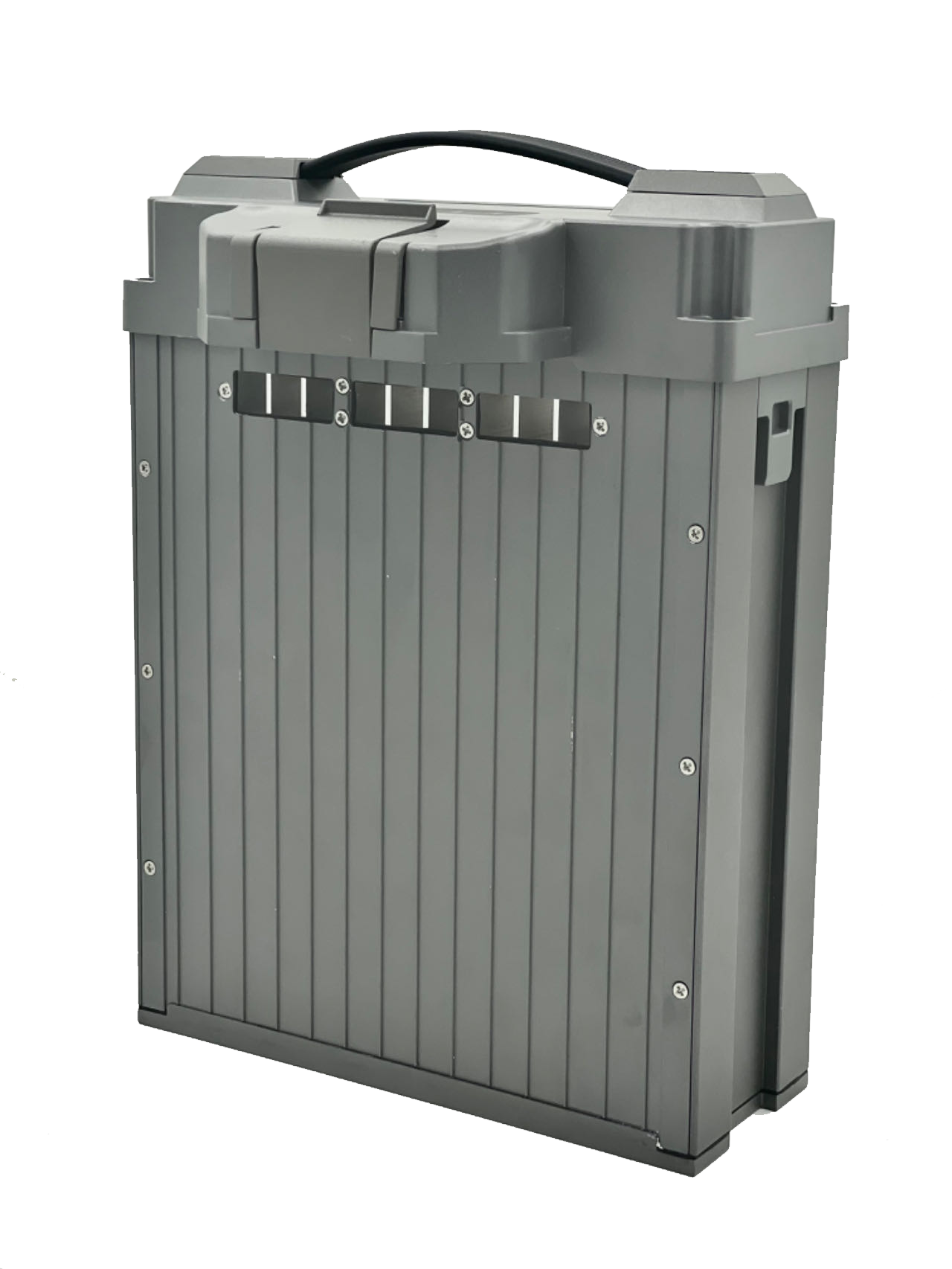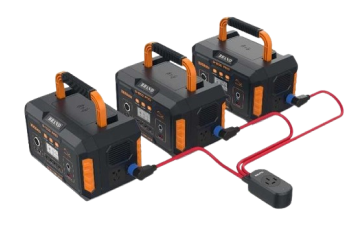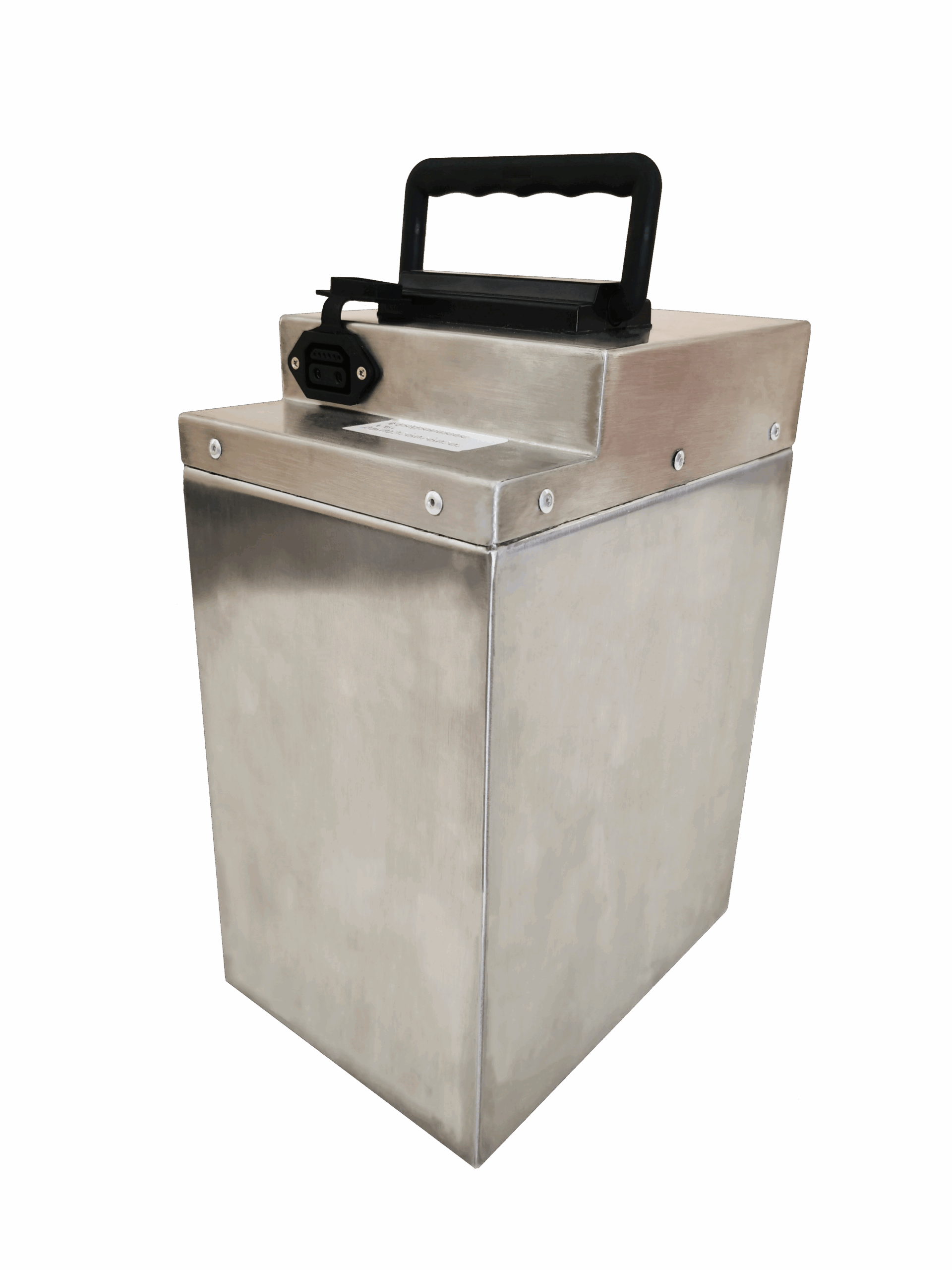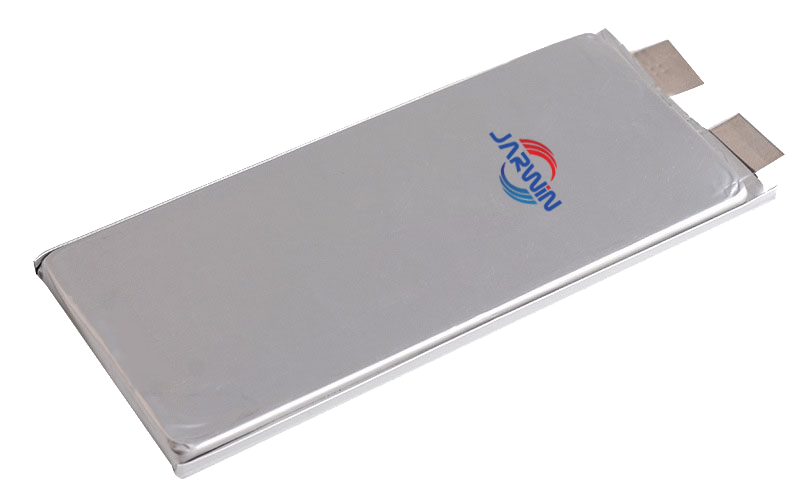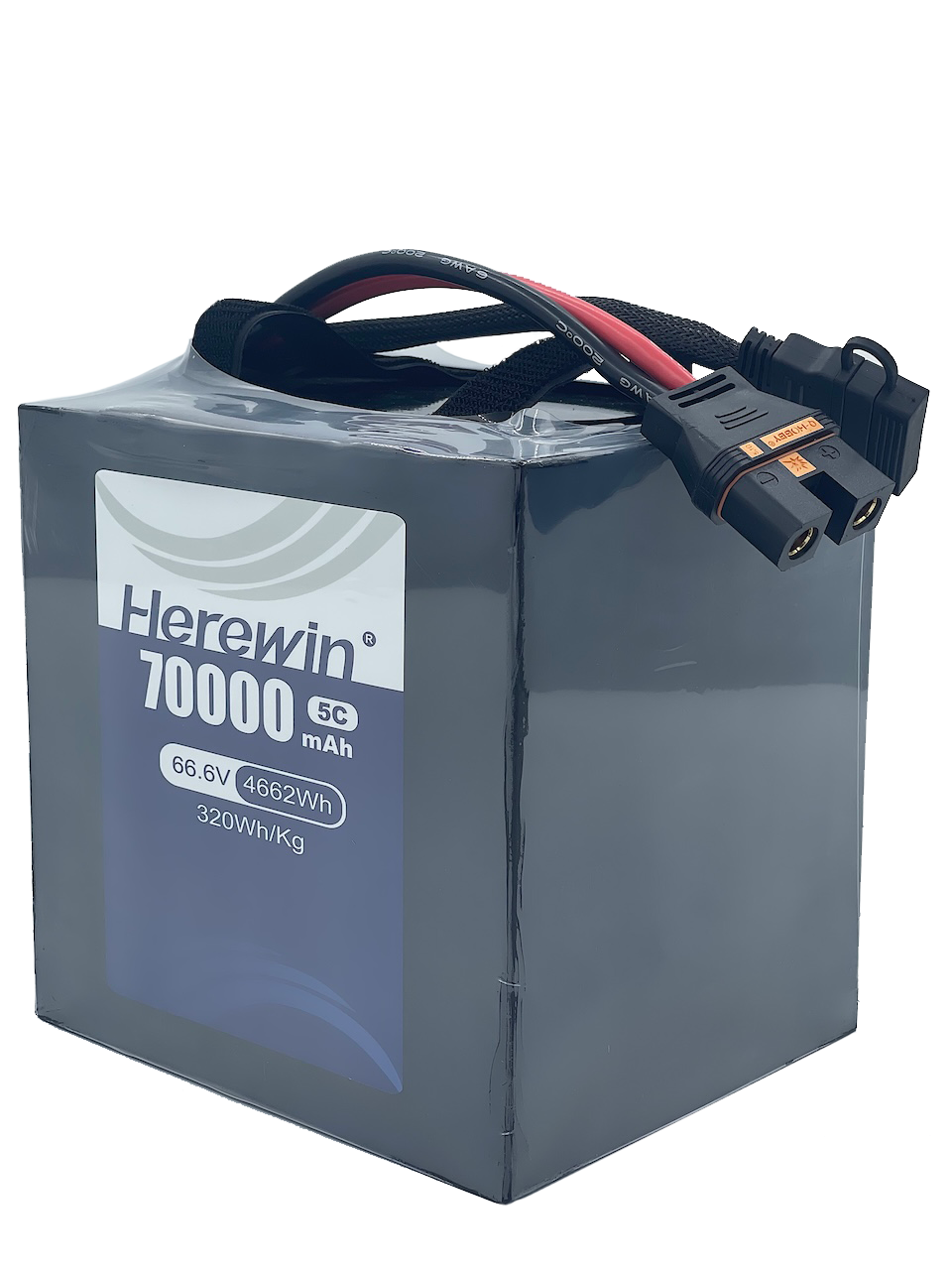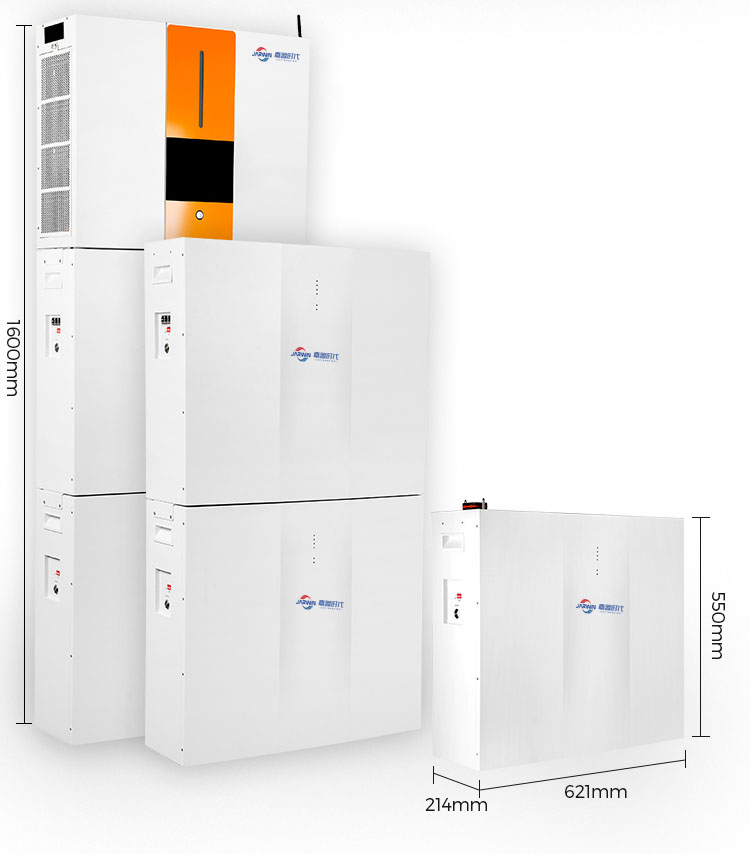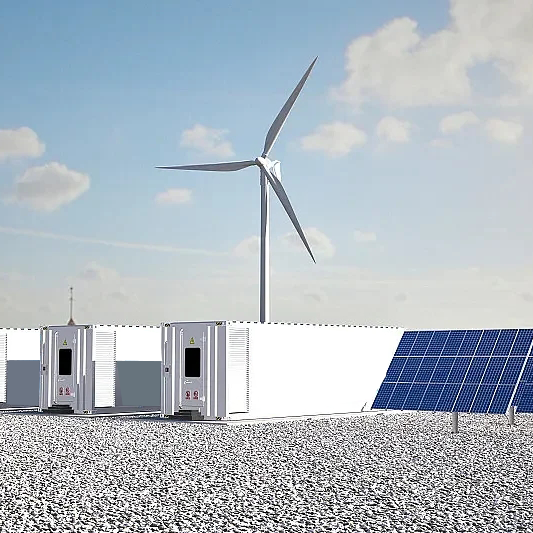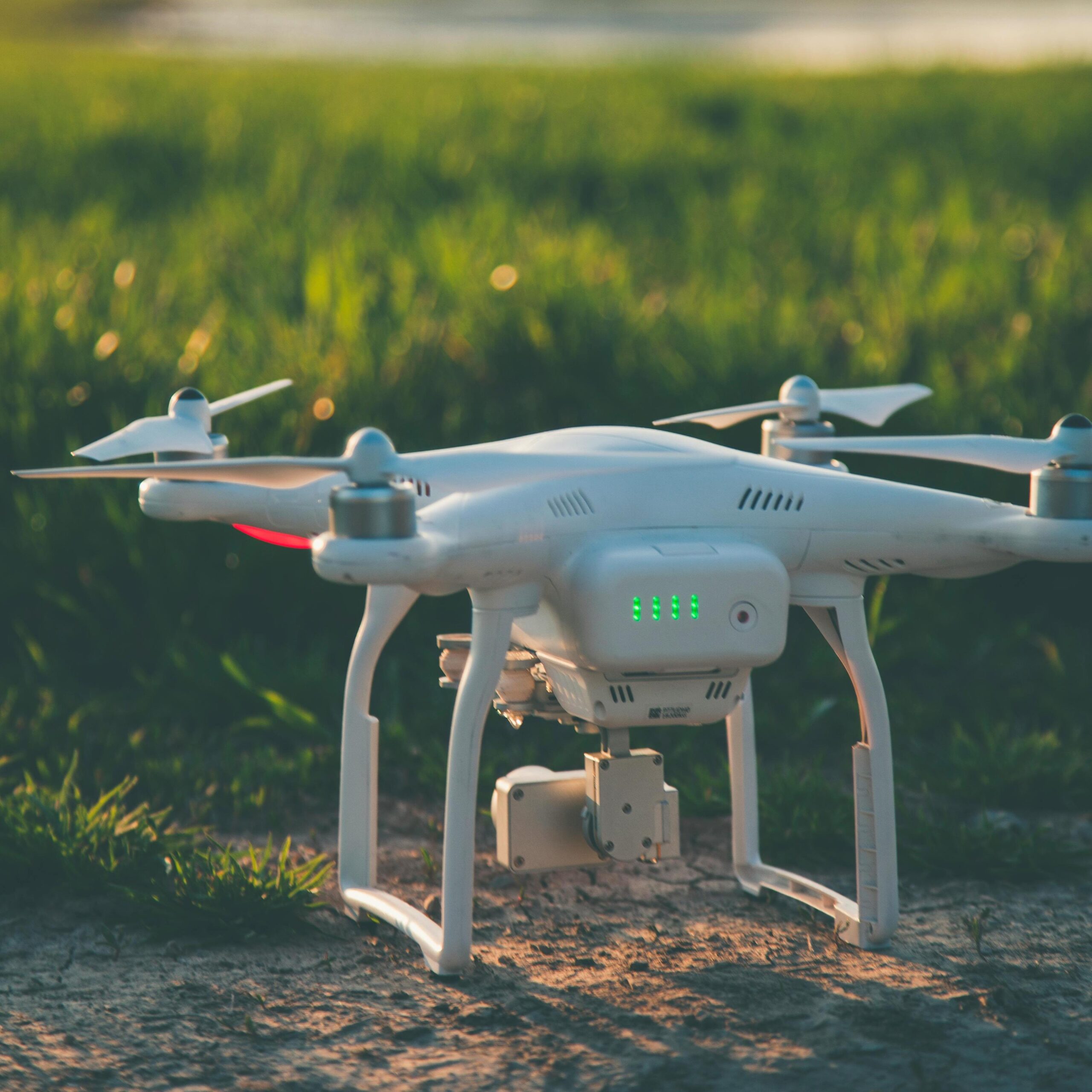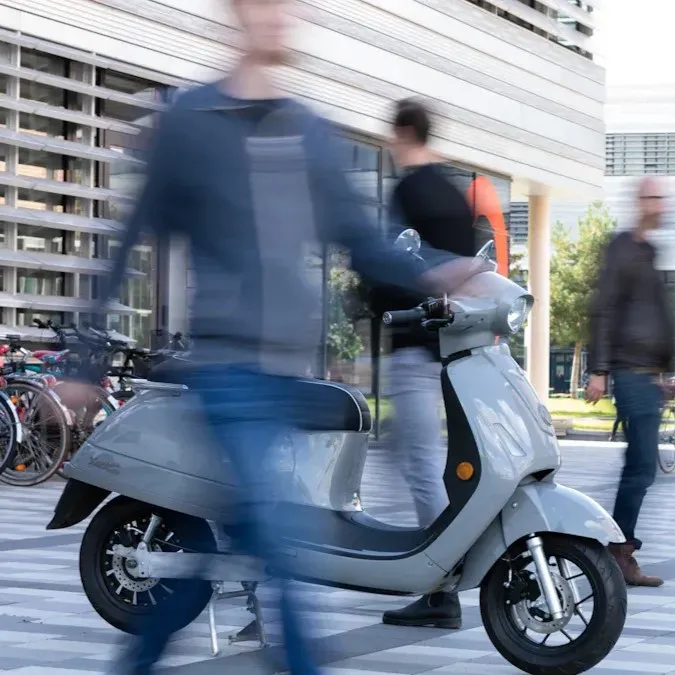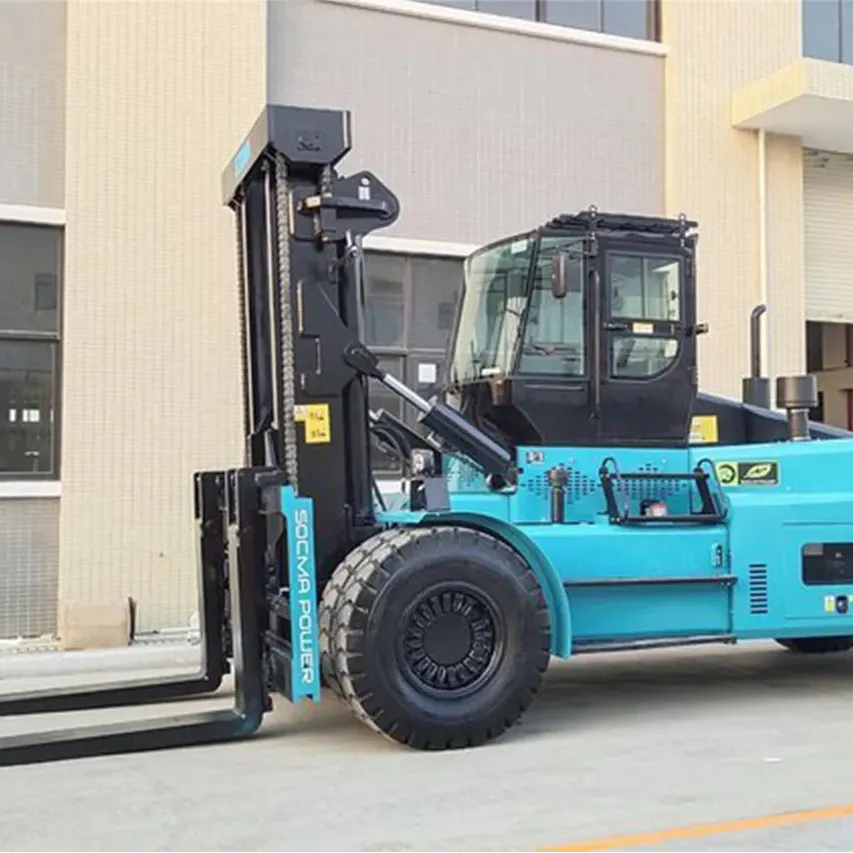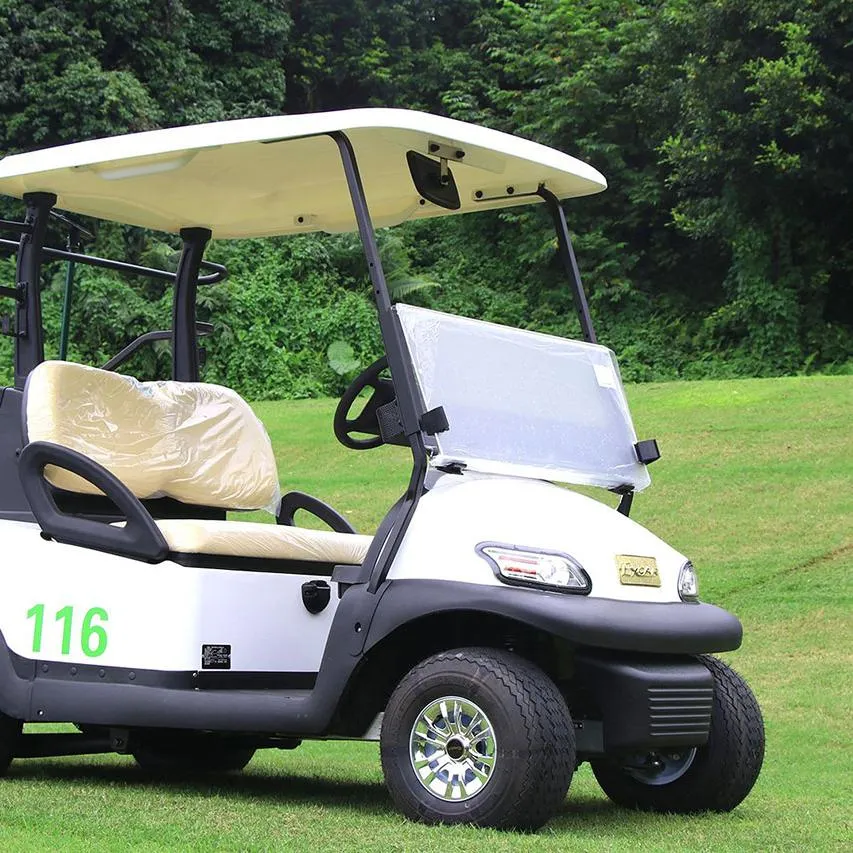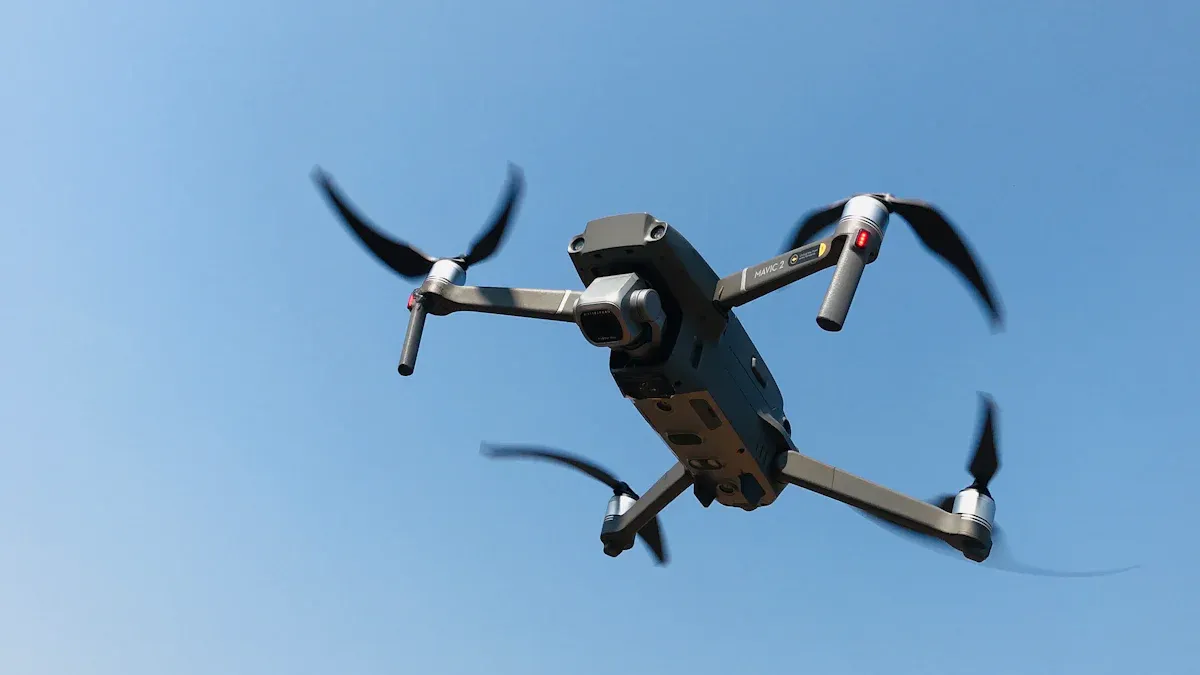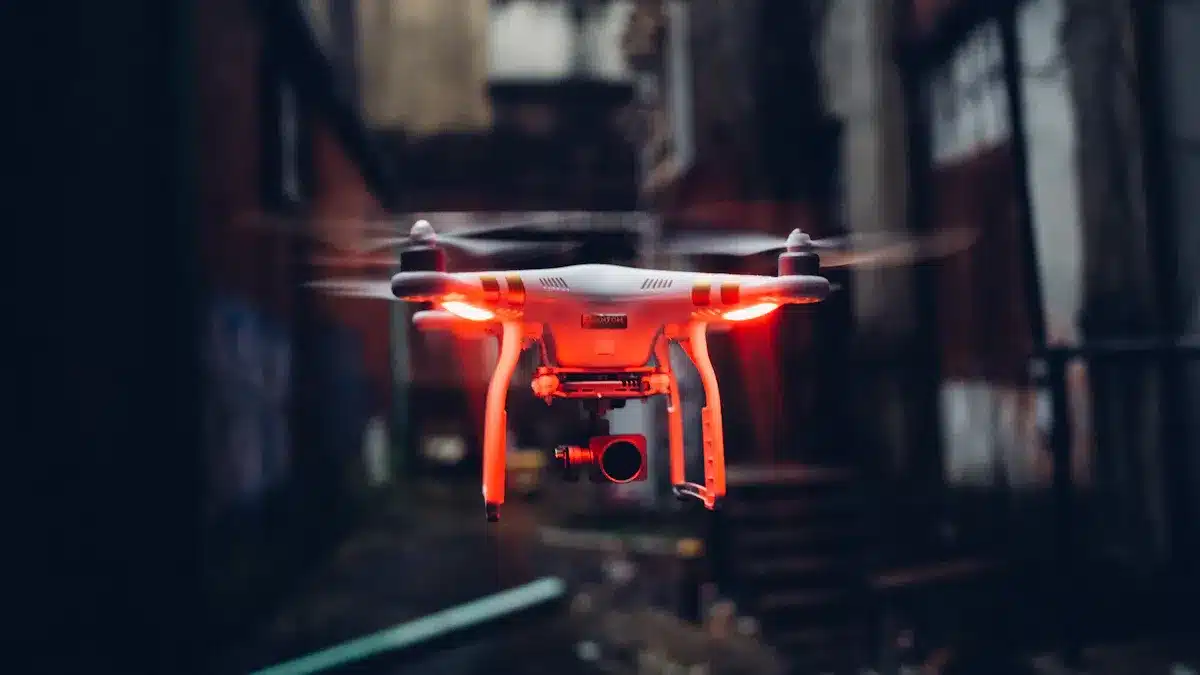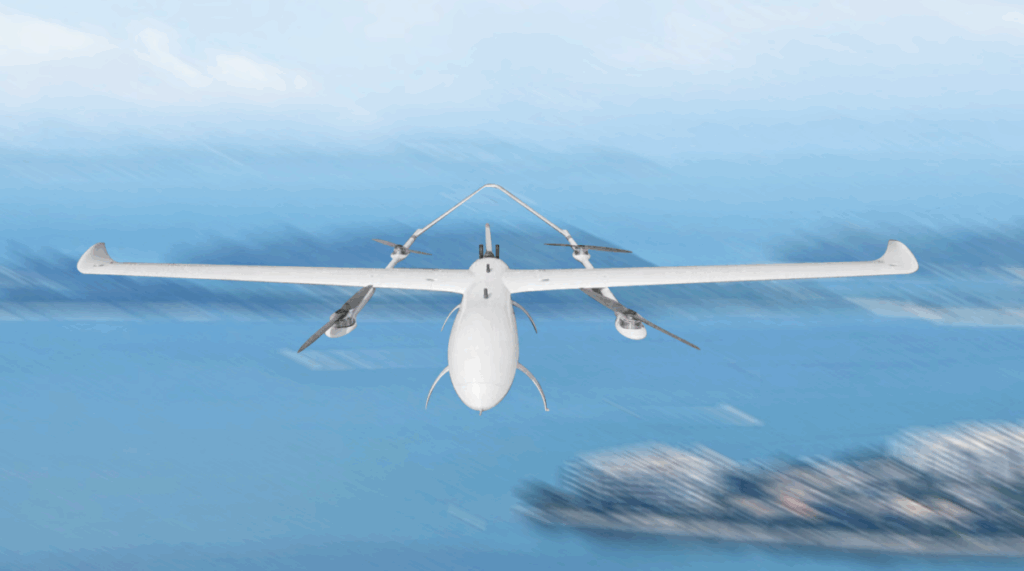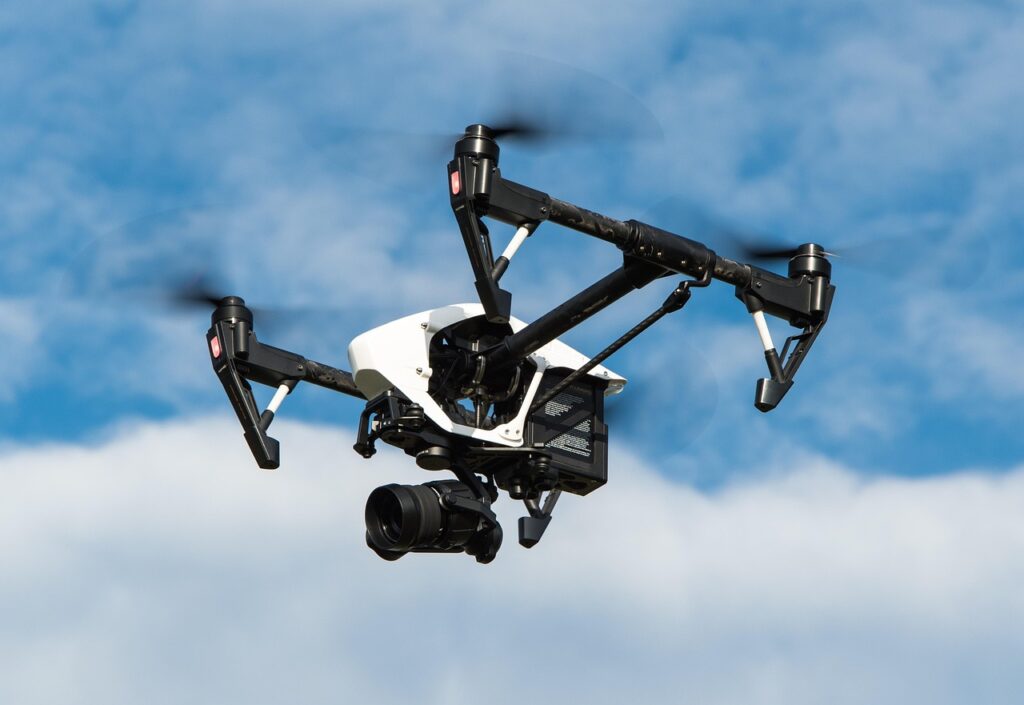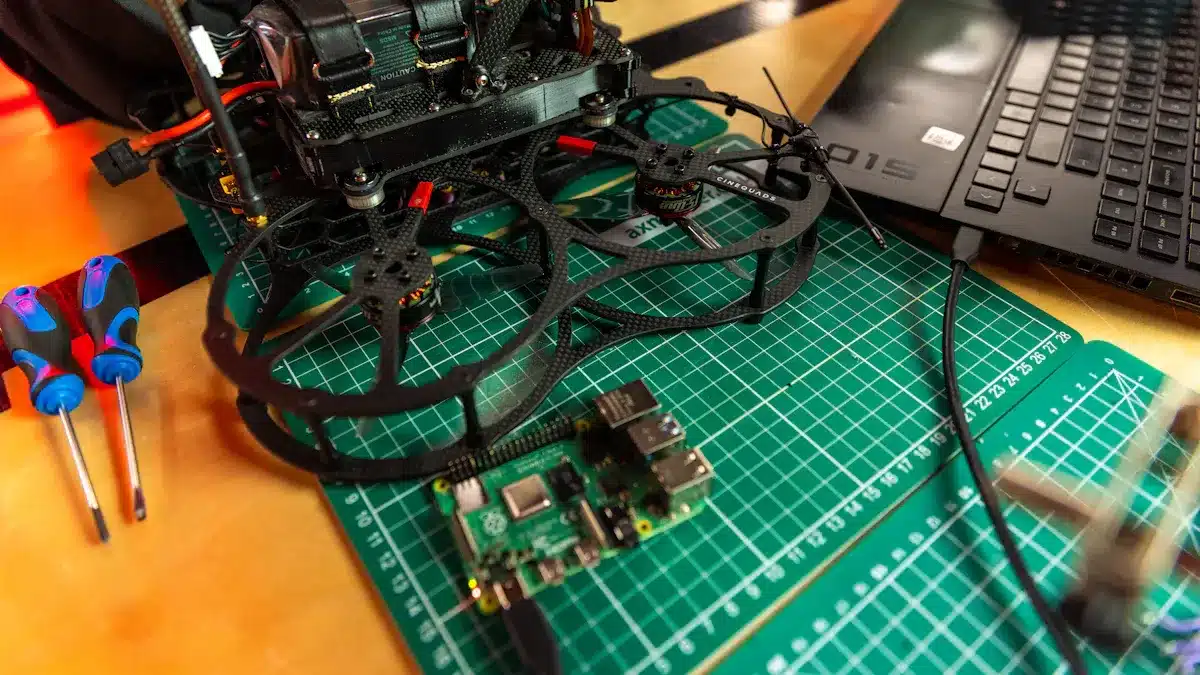
Choosing the right drone battery is crucial for work use. The right battery ensures drones operate efficiently and remain reliable. In 2025, new soft-pack lithium batteries are revolutionizing the industry. These advanced batteries, designed for drones, are lightweight and store more power, allowing drones to fly longer and perform better—essential for demanding tasks.
Herewin is a trusted name when it comes to drone batteries. With years of expertise, Herewin provides innovative and reliable options. Whether you’re looking for powerful or energy-efficient drone battery solutions, Herewin ensures your drones deliver top-notch performance.
Wichtigste Erkenntnisse
-
Pick soft-pack lithium batteries for drones in 2025. They are light, bendable, and let drones fly longer.
-
Always look at battery capacity (mAh) to fit your drone. Bigger capacity means longer flights for jobs like mapping.
-
Match the battery voltage to your drone’s needs. Wrong voltage can hurt performance or damage the drone.
-
Think about the discharge rate (C rating) for tough tasks. Higher rates help drones work better during hard jobs.
-
Keep batteries in a cool, dry spot. This makes them last longer and work well.
What Are Soft-Pack Lithium Batteries?
Overview of Soft-Pack Lithium-Ion Battery Packaging
Soft-pack lithium-ion batteries are made for modern drone needs. Unlike hard batteries, these use soft materials to stay light and flexible. This makes them perfect for drones, helping them fly better and longer.
Main features of this packaging include:
-
A flexible form factor that fits many drone shapes.
-
Leichte Konstruktion, boosting drone speed and efficiency.
-
Hohe Energiedichte, packing more power in a small size.
-
Better thermal management, stopping overheating during use.
But these batteries need careful handling. They can get damaged by punctures or swell if overcharged. To keep them safe, makers add strong battery management systems (BMS) and tough materials for protection.
Advantages of Soft-Pack Batteries for Industrial Drones
Soft-pack batteries have big benefits for industrial drones. Their light weight lets drones carry more or fly farther. High energy density gives steady power, great for mapping or watching areas.
These batteries also handle heat well. They stay cool even during tough jobs. Their flexible design fits drones with special shapes easily.
For industrial drones, soft-pack batteries provide:
-
Extended flight times for long missions.
-
Rapid power delivery, perfect for quick energy needs.
-
Improved safety, thanks to better heat control and strong packaging.
Design Challenges in Soft-Pack Lithium-Ion Battery Packaging
Making soft-pack lithium-ion batteries is tricky. Makers must solve problems like protecting them from damage, swelling, and sealing issues. For example, the packaging must be strong but still light.
Here are some common problems and fixes:
|
Design Problems |
Solutions |
|---|---|
|
Add outer cases or modules |
|
|
Sealing issues from heat |
Use better heat-sealing methods |
|
Swelling and gas buildup |
Add pressure relief designs |
|
Tab sealing problems |
Improve tab designs |
|
Keeping out moisture and air |
Use multi-layer pouch films |
To check the packaging, makers run tough tests. These tests make sure the batteries work well in real-world conditions. As new ideas come up, better materials and designs make these batteries safer and stronger.
Future plans for soft-pack batteries focus on being eco-friendly and lasting longer. New designs aim to cut waste and make batteries last more years. By fixing these problems, soft-pack batteries stay a top choice for industrial drones.
Key Factors for Choosing the Best Drone Battery
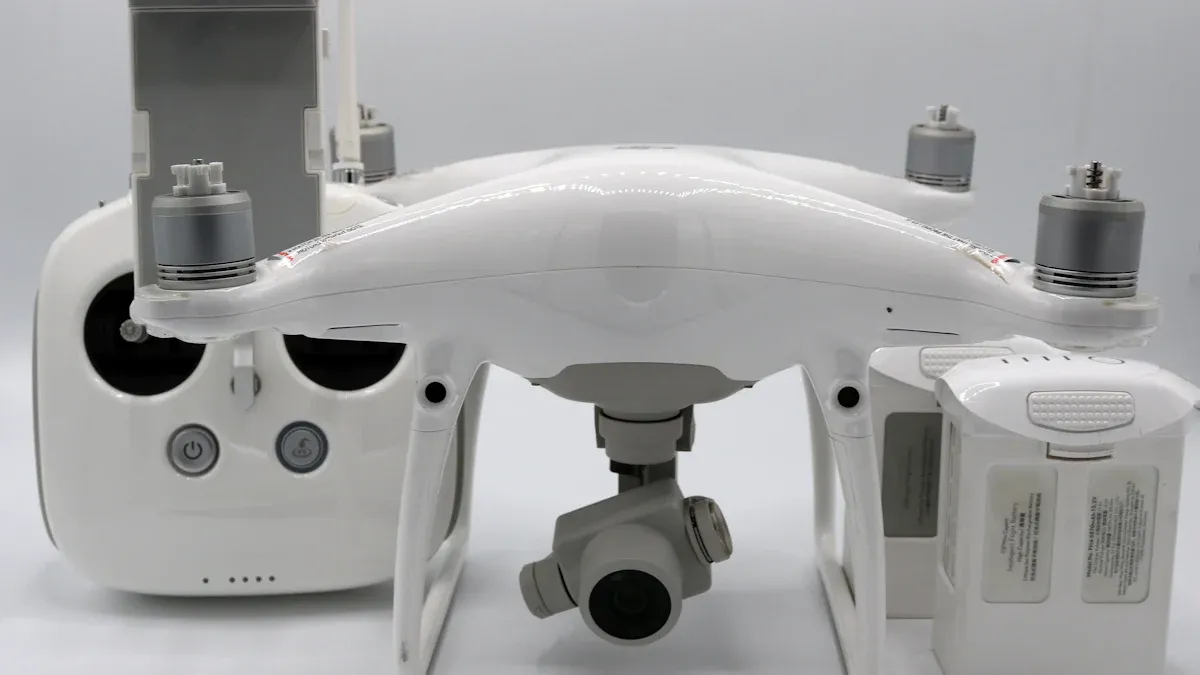
Picking the right battery for your drone is important. It affects how long your drone flies and how well it works. Let’s look at the key things to consider.
Battery Capacity and Flight Time
Battery capacity shows how long a drone can fly. It is measured in milliampere-hours (mAh) and tells how much energy the battery holds. A higher capacity means extended flight times—an essential advantage for a wide range of professional uses, from aerial photography and agriculture to inspections and logistics.
For example:
-
A 4500 mAh battery, like in Autel Robotics’ EVO Lite+, gives 40 minutes of flight.
-
DJI’s Matrice 350 RTK uses lightweight lithium-polymer batteries for long missions.
Here’s how battery capacity affects flight time and value:
|
Battery Capacity Range |
Market Value (by 2032) |
Flight Time Impact |
|---|---|---|
|
Below 3000 mAh |
K.A. |
Shorter flight times |
|
3000-5000 mAh |
Good balance of weight and flight time |
|
|
Above 5000 mAh |
K.A. |
Längere Flugzeiten |
When picking a battery, balance capacity and weight. Heavy batteries may lower efficiency, even with more energy. Soft-pack li-ion batteries are great because they are light and powerful, giving better flight performance.
Tipp: Check your drone’s manual to match battery capacity with its design and use.
Voltage and Compatibility with Drone Systems
Battery voltage is key for working with your drone’s system. Voltage, measured in volts (V), must match the drone’s needs. Wrong voltage can cause poor performance or damage.
Here’s how voltage mismatches affect drones:
|
Damage Level |
Performance Effect |
p-value |
|---|---|---|
|
0% |
Normal Performance |
K.A. |
|
Less Stability |
< 0.05 |
|
|
50% |
Big Performance Drop |
< 0.05 |
|
75% |
Major Instability |
< 0.05 |
|
100% |
Total Failure |
< 0.05 |
Soft-pack li-ion batteries often have advanced systems to control voltage. These systems help avoid problems and make batteries last longer. Always check the voltage to match your drone’s needs.
Note: Look at your drone’s manual for the right voltage range.
Discharge Rate and Performance
The discharge rate, shown as “C,” tells how fast a battery gives power. A higher rate helps with heavy tasks like fast flying or carrying loads. For industrial drones, the right discharge rate keeps performance steady.
Here’s a comparison of batteries by discharge rate and performance:
|
Battery |
Mass |
Capacity |
C Rating |
Flight Time |
Price |
|---|---|---|---|---|---|
|
A |
6900g |
22Ah |
25C |
$420 |
|
|
B |
7100g |
20Ah |
65C |
29 mins |
$260 |
|
C |
6450g |
22Ah |
25C |
33 mins |
$330 |
Soft-pack li-ion batteries often have high discharge rates. They give steady power without overheating, even during tough jobs. When choosing a battery, think about discharge rate, capacity, and voltage together.
Tipp: High discharge rates are good for tough tasks but may shorten flight time. Pick a battery that fits your needs.
Weight and Efficiency in Drone Operations
The weight of a drone battery is very important. A lighter battery makes the drone use less energy and fly better. But, the battery must still have enough power to work well. Finding the right balance helps the drone perform its best.
Here’s how battery weight affects drone performance:
|
Variable |
Description |
|---|---|
|
Battery Weight |
Changes how much energy the drone uses. |
|
Drone Mass |
Impacts how smoothly and efficiently it flies. |
|
Airspeed |
Affects energy use based on flying speed. |
|
Lift-to-Drag Ratio |
Helps the drone stay stable and efficient. |
|
Battery Power Transfer Efficiency |
Shows how well the battery powers the drone. |
Soft-pack batteries are great for this. They are light but still hold a lot of energy. This makes them perfect for drones that need to fly long distances without losing power. Picking a soft-pack li-ion battery can help your drone save energy and fly longer.
Tipp: Check how much weight your drone can carry. A heavy battery might limit extra equipment.
Durability and Environmental Resistance
Drone batteries often face tough weather and temperatures. A strong battery works well even in bad conditions. Soft-pack li-ion batteries are made with special materials to handle these challenges.
Manufacturers test batteries to see how they handle heat, humidity, and weather. For example:
-
High heat and humidity tests find weak spots in the battery.
-
Weather tests check if the battery lasts in harsh conditions.
-
Multi-layer covers on soft-pack batteries protect them from water and air.
Soft-pack batteries also have strong seals to stop swelling or gas leaks. This keeps them working well in different environments. Choosing a durable soft-pack li-ion battery means it will work reliably, whether in deserts or rainforests.
Note: Take care of your battery to make it last longer. Store it in a cool, dry place to avoid damage.
LiPo vs. Soft-Pack Lithium Batteries
Key Differences Between LiPo and Soft-Pack Batteries
LiPo and soft-pack lithium batteries are different in many ways. Their designs, uses, and performance vary. Both are popular for drones but fit different needs.
Here’s a simple comparison of their features:
|
Merkmal |
LiPo Batteries |
Soft-Pack Lithium Batteries |
|---|---|---|
|
Energy Density |
High energy density, good for light drones |
High energy density, best for industrial drones |
|
Shape |
Flexible, fits many drone designs |
Rectangular, made for specific drone models |
|
Sicherheit |
Safer with solid electrolytes |
Riskier with liquid electrolytes, but packaging helps |
|
Usage Time |
Longer life for small devices |
Better lifespan in hot conditions |
|
Kosten |
Higher upfront cost, good for special uses |
Lower cost due to simpler production |
LiPo batteries, also called lithium polymer batteries, are light and bendable. They work well for drones needing compact designs and high energy. Soft-pack batteries are better for tough jobs where strength and efficiency matter.
Tipp: Think about your drone’s needs like flight time, weight, and weather before choosing.
When to Choose LiPo Batteries for Industrial Drones
LiPo batteries are great for certain drone tasks. They are light and give strong power, perfect for quick moves or light loads.
Here’s when LiPo batteries work best:
-
Fast flying: LiPo batteries give steady power for speedy drones.
-
Small drones: Their flexible shape fits tight spaces easily.
-
Short flights: They provide enough energy without adding weight.
But LiPo batteries aren’t ideal for long flights or rough weather. Their design is less sturdy than soft-pack batteries, making them easier to damage.
Note: Always check your drone’s specs and conditions before picking a LiPo battery.
Benefits of Soft-Pack Lithium Batteries Over LiPo
Soft-pack lithium batteries have big advantages for industrial drones. They handle hard tasks while staying reliable and efficient.
Here’s why soft-pack batteries are often better:
-
Strong design: They resist damage, swelling, and bad weather.
-
Long life: They last longer, even in hot places, saving money.
-
Energy efficiency: They give steady power for long missions.
-
Affordable: They cost less over time due to durability.
Herewin’s soft-pack batteries are top-notch. They are light but tough, helping drones perform well. Whether flying in bad weather or carrying heavy loads, Herewin’s batteries are dependable.
Callout: The right battery improves drone performance. Herewin helps you find the best option for your needs.
Safety and Maintenance for Drone Batteries
Best Practices for Safe Battery Usage
Keeping your drone batteries safe helps them last longer. Follow these tips to avoid problems and keep them working well. After flying, take the battery out right away. Let it cool down to stop it from overheating. Never charge a hot battery, as it can wear out faster. Check your li-poly batteries often for swelling or damage. Replace damaged ones to stay safe.
Always handle batteries carefully. Wear safety gear to lower risks. Buy batteries only from trusted stores to ensure they work properly. Dispose of old batteries the right way by following local rules. This keeps you safe and helps the environment.
Tipp: Use a smart charger with auto-cutoff to stop overcharging and keep batteries healthy.
Proper Charging and Storage Guidelines
Charging and storing li-poly batteries the right way makes them last longer. Charge them in a cool, dry spot to keep them working well. Don’t charge them in very hot or cold places, as this can harm them. If you won’t use a battery for a while, store it at about 50% charge. This keeps it in good shape for later use.
Check your batteries often to see if they’re still healthy. Look at their charge levels regularly. This helps them stay reliable. Keep batteries away from water and sunlight when storing them. These can damage the battery’s outer layers and make it less effective.
Note: Turn off your drone before adding or removing a battery to avoid electrical problems.
Identifying and Addressing Battery Damage
Knowing when a battery is damaged is very important for safety. Swelling, leaks, or strange smells mean the battery is bad. Stop using it right away if you see these signs. Using a damaged battery can be dangerous.
When you get a new battery, check it for damage before using it. Put it into the drone carefully and make sure it fits well. After installing, check if it charges properly. Do a test flight to see if the drone works smoothly. These steps keep your drone’s power system safe and working well.
Callout: Checking and replacing damaged batteries keeps your drone safe and working properly.
Maintenance Tips to Keep Your Drone Batteries Lasting Longer
Taking care of your drone batteries helps them last longer. Follow these simple tips to keep them working well.
-
Remove Extra Weight: Take off unneeded parts from your drone. A lighter drone uses less power, saving battery life.
-
Bring Extra Batteries: Always carry spare batteries. Switch them during long flights to avoid overusing one battery.
-
Turn on Power-Saving Mode: Use energy-saving settings on your drone. These features help the battery last longer.
-
Stay Away from Extreme Heat or Cold: Don’t let batteries get too hot or cold. Bad temperatures can harm the battery inside.
-
Stop Charging When Full: Unplug the battery once it’s fully charged. Overcharging can make the battery weaker.
-
Store Batteries Safely: Keep batteries in a dry, cool place. Avoid sunlight and wet areas to stop damage.
-
Fly Lower: Flying at lower heights uses less power. High flights need more energy and drain the battery faster.
-
Use the Right Charger: Charge with the maker’s charger. It keeps charging safe and works best for the battery.
-
Store with Some Charge: If storing batteries, keep them 60-80% charged. This stops swelling or losing too much power.
-
Check and Clean Often: Look for damage or swelling. Clean connectors to keep energy flowing well.
Tipp: Don’t let your battery go to 0% during flights. Keeping it above 20% helps it stay strong and work better.
By following these tips, your drone batteries will last longer and need fewer replacements. Good care saves money and keeps your drone flying smoothly.
Future Trends in Drone Battery Technology
New Ideas in Lithium Battery Chemistry
Battery technology is changing fast, improving how drones work. Better lithium batteries now let drones fly longer and use less energy. These upgrades help drones check bigger areas for tasks like surveys or inspections. Drones can also deliver items farther and stay in the air longer for rescue missions.
The spread of 5G networks is helping drones too. Faster data speeds allow drones to stream HD videos live and manage traffic better. These changes make drones more useful and dependable for tough jobs.
Tipp: Watch for new lithium battery designs that focus on being eco-friendly and efficient.
AI-Powered Battery Management
Artificial intelligence (AI) is changing how drone batteries are used. AI systems save energy by finding and fixing waste during flights. They make sure drones use power wisely, improving how they work.
AI also checks batteries in real time to spot problems early. This helps you fix issues before they get worse, making batteries last longer. For industrial drones, AI systems make flying safer and smarter.
Callout: AI-powered batteries are helping drones handle hard tasks better and more safely.
New Options Beyond Lithium Batteries
Lithium batteries are popular, but other types are being developed for drones. Solid-state batteries skip using rare materials like cobalt, making them safer and stronger. Lithium-sulfur batteries give lots of energy, great for special drone uses. Sodium solid-state batteries are safe and eco-friendly but still need more work.
Organic batteries are another choice. They come from natural materials and are better for the planet. Even though they hold less energy, they are a step toward greener drones.
Note: Trying these new battery types can prepare your drones for the future and help the environment.
Sustainability and Recycling in Battery Development
Sustainability is very important in making modern batteries. As drones are used more, eco-friendly solutions are needed. Recycling and reusing batteries help reduce waste and save materials like lithium and cobalt. This helps the environment and supports reusing resources.
Recent research shows why sustainable battery practices matter. For example, studies have looked at how recycling old lithium-ion batteries helps the planet and saves money. These studies show that good packaging and recycling can make batteries last longer and lower harm to nature. Here’s a summary of key findings:
|
Study Title |
Focus Area |
Year |
|
|---|---|---|---|
|
Pathway decisions for reuse and recycling of retired lithium-ion batteries |
Environmental and economic functions of battery recycling |
||
|
Environmental impact assessment of second life and recycling for LiFePO4 |
Environmental impact assessment |
2022 |
|
|
Second life and recycling: energy and environmental sustainability |
Sustainability perspectives |
2021 |
|
|
A sustainable framework for the second-life battery ecosystem |
Sustainability framework |
2022 |

Battery packaging is also key for sustainability. New packaging materials keep batteries safe during use and transport. This lowers the chance of damage or leaks. Companies now focus on recyclable and biodegradable packaging to improve eco-friendliness.
Tipp: Pick batteries from brands that support recycling and use eco-friendly packaging. This small choice helps protect the planet.
Semi-solid State Batterie
Semi-solid state batteries are a big step forward for drones. They mix the best parts of lithium-ion and solid-state batteries. These batteries are safer and store more energy. They use a semi-solid electrolyte, which stops leaks and overheating.
Early tests of semi-solid state batteries are exciting. For example:
-
EGI’s SWIFT Series SSB Cells use advanced silicon-anode technology.
-
These batteries hold twice the energy of older ones.
-
They charge quickly and last longer.
-
Their low-cost production makes them great for drones.
-
Top drone makers and U.S. car companies have tested and approved them.
Semi-solid state batteries also use smart packaging designs. They store more energy without adding weight. This makes them ideal for drones needing long flights and high performance.
Callout: Semi-solid state batteries are changing drone technology. Their smart features and eco-friendly packaging make them perfect for industrial use.
Picking the right drone battery helps your drone work well. Look at important things like capacity, voltage, discharge rate, weight, and strength. These affect how long your drone flies and how steady it is. Take care of your battery to make it last longer and save money.
Planning for the future is also smart. Learn about new ideas like AI systems and green designs. Herewin offers top-quality batteries made for industrial drones.
Check out Herewin’s advanced battery options now and improve your drone’s performance!
FAQ
How should I store my drone batteries?
Keep drone batteries in a cool, dry spot. If not using them soon, store them with 60-80% charge. Avoid sunlight, water, or very hot or cold places. Storing them right stops damage and makes them last longer.
Tipp: Use a fireproof bag to store batteries safely.
When should I replace my drone battery?
Change your battery if it swells, leaks, or works poorly. If it charges too slow or drains fast, it might need replacing. Check your battery often for damage or strange behavior.
Note: A damaged battery can hurt your drone.
Can I use any charger for my drone battery?
No, only use the charger made for your battery. The wrong charger can overheat, overcharge, or ruin the battery. The right charger keeps charging safe and effective.
Callout: Read your battery’s manual to find the correct charger.
How can I make my drone fly longer?
Remove extra weight and turn on power-saving settings. Fly lower and avoid bad weather. Bring extra batteries for longer flights. These tips help your drone fly longer without problems.
Emoji Tip: ✈️ Lighter drones use less energy and fly farther!
Are soft-pack lithium batteries safe for industrial drones?
Yes, soft-pack lithium batteries are safe if used properly. They have systems to stop overheating and swelling. Their light weight and strong power make them great for industrial drones.
Reminder: Follow safety rules to keep them working well.
Siehe auch
Selecting The Right Manufacturer For Drone Batteries


